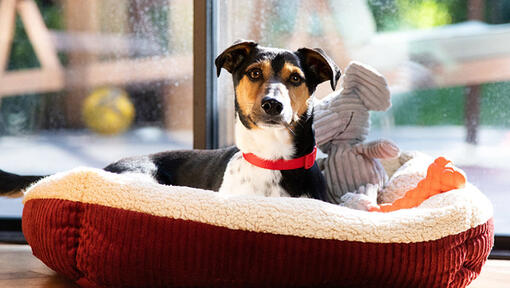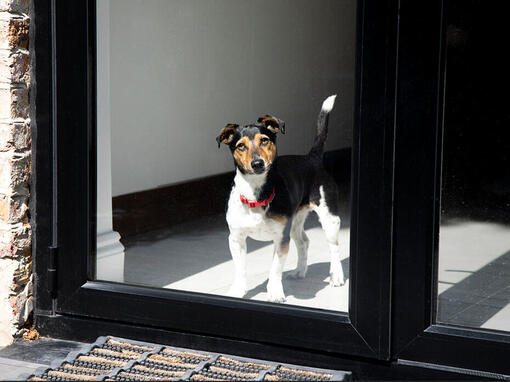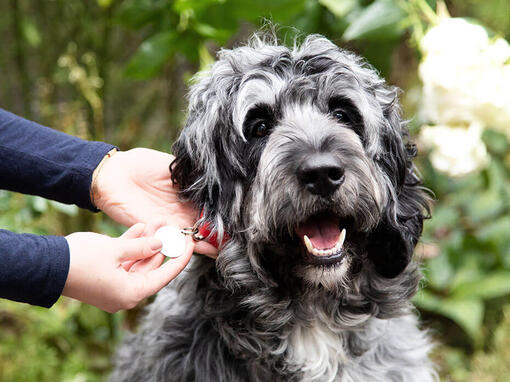History and Origins
Country of Origin: Russia
Known at various times as the Smiling Dog or the Reindeer Dog, the Samoyed is an ancient reindeer-herding dog who takes their now universally known name from the tribe that treasured it so highly and worked alongside it - the Samoyede people of Northern Siberia.
While largely a herding dog, the Samoyed (or Sami) was a multi-purpose dog who would not only control livestock but would also pull sledges, and on occasions, provided the tribe with fur garments to keep them warm in the most inhospitable of climates.










